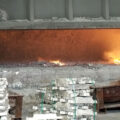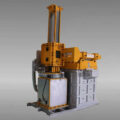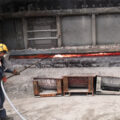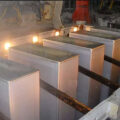At present, aluminum alloy is the most widely used alloy. It has been widely used in aerospace, automotive, communications, machinery manufacturing, shipbuilding, and chemical industries. With the improvement of die casting technology, the quality of aluminium pressure die casting has high standards and high requirements. The surface of the casting is not allowed to have cracks, cracks, under casting, shrinkage, and any penetrating defects.

Influencing Factors of Aluminium Pressure Die Casting
All casting factors in the casting process, there are many factors affecting the molding of aluminum alloy die castings. Such as alloy heating temperature, mold temperature, molding complexity, gate riser system and gate shape, etc.
Taking the common blowholes of die-casting parts as an example.
1. The poor refining and degassing.
The casting temperature of the aluminum liquid is generally about 600 degrees. At this temperature, the liquid hydrogen content is about 20 times that of the solid hydrogen content. Then, during the condensation process of the aluminum industry, a large amount of gas will generate and need to be released. So a large number of irregular pores will appear. This is the role of aluminum liquid refining and degassing. AdTech offers refining fluxes for aluminum purification.
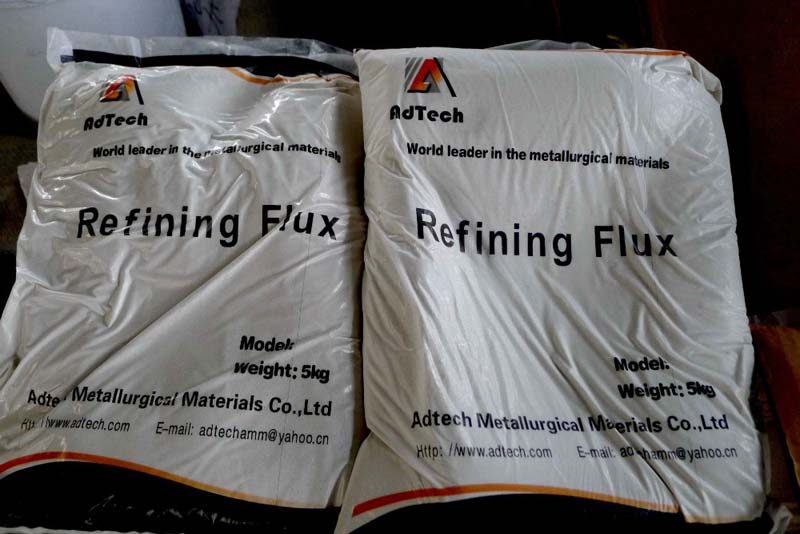
2. The air holes caused by poor exhaust.
For the air holes caused by poor exhaust, the exhaust channel of the mold should be improved. And the exhaust of the mold should be cleaned in time. AdTech offers products and degassing equipment for aluminium degassing.
3. Aluminum alloy die-casting will also have shrinkage pores.
The aluminum alloy shrinks during solidification. The higher the casting temperature, the greater the shrinkage. The pores caused by the volume shrinkage are in the final solidified part of the alloy. They are irregular in shape. It coexists with pores due to hydrogen evolution during solidification. There are shrinkage pores around the hydrogen evolution pores or coil pores, and there are filamentary or mesh pores extending outwards around the bubbles.
4. The excessive difference in product wall thickness.
The shape of the product often has the problem of excessive wall thickness difference. In the center of the wall thickness is the place where the aluminum liquid finally solidifies, and it is also the most prone part of the porosity. You should consider the casting temperature and cooling rate of thick parts.




